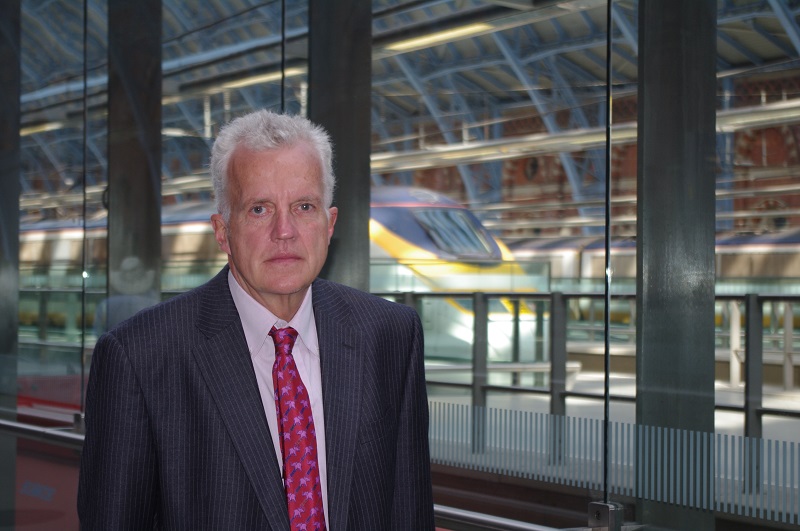Here’s a big idea for Douglas Alexander on his return from his hols: get rid of the yellow lines that blight Britain’s towns. It may not sound like such a political winner, but actually it would please not only the millions of us who care about the environment of our urban areas but also, most important for a Labour politician, it would delight the editor of the Daily Mail.
No other country in the world has blighted its towns and villages with such a prominent and unsightly form of showing that parking is not permitted. It is particularly noticeable how urban environments look so much better in old films in the pre-yellow blight days, and yet this issue is simply never discussed – we seem to accept that it is acceptable to wreck our urban spaces with ghastly lines and signage.
And, of course, highway engineers do not help by painting them in ridiculous places, two feet strips of pavement and round corners where only the mad and the really bad would think of parking. The parking lines are painted as if we were all total idiots, incapable of realising that it is probably not a good idea to park on a narrow lane which would prevent any other traffic movement.
So therefore Alexander could start small with an injunction to councils to get rid of yellow lines wherever possible. There are, according to Kevin Delaney of the RAC Foundation, lots of places around the country where yellow lines have been left in place for no good reason other than inertia, when, say, a factory has been closed. Over half of local authorities now have decriminalised parking and to qualify for the right to impose it they were supposed to do a detailed line by line assessment of their existing restrictions. Clearly, though few, if any, have done so.
Indeed, lots could be done within existing regulations. It was noticeable on a recent visit to Cornwall that one charming seaside village, Fowey, was largely devoid of lines because there was a blanket restriction whereas nearby Mevagissey was full of them as clearly local engineers had not taken such an enlightened view.
However, on a grander scale Alexander should be promoting the wholesale abolition of the yellow line. They were introduced in the 1960s by the Parking, Waiting and Loading Regulations when no one quite imagined today’s crazy proliferation of lines. The old offences of ‘unnecessary obstruction’ and ‘dangerous position’ still exist which means that obviously daft parking is an offence and there could be much wider use of overall parking zones that exist widely on the continent.
My favourite bit of madness is the 8 feet poles that sport the tiniest sign informing motorists of parking restrictions because that is what the regulations specify. However, as I once found to my cost, if the signs are not on 8 feet poles, they can be buried underneath street name signs at ground level or bolted to buildings at first floor level.
Indeed there are a lot of lessons to be learnt from European practice where they manage to have parking restrictions that do not require the widespread application of yellow paint. As the Commons Transport Committee said in its report published in June, the whole area of parking enforcement is a mess and needs to be re-examined. Delaney, who formerly headed the Met’s traffic division, says: ‘There has been no review of the Parking, Waiting and Loading regulations since their introduction the 1960s and it is long overdue’.
There are, of course, wider questions about the purpose and intent of parking policy and the fact that at £450m per year it is a major revenue raiser for local authorities. However, it is precisely because of these larger questions that the supposedly lesser considerations, such as street furniture clutter and the ugliness yellow lines do not get sufficient attention. So here is an opportunity for the still quite new transport secretary to make a memorable impact. And quickly – a rapid review followed by a change in regulations that would create a simpler system of restrictions and, crucially, signage. Easy really, and a vote winner.
